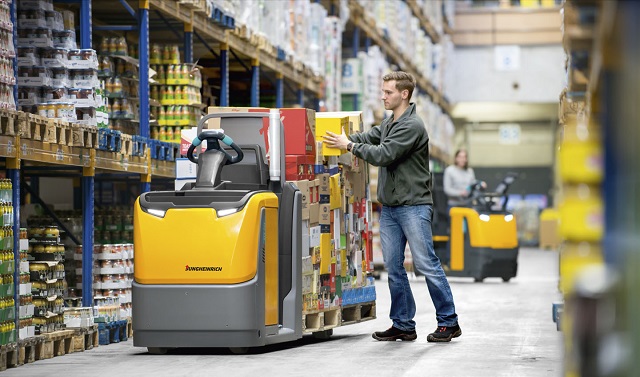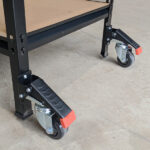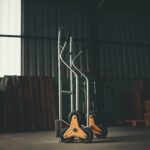Material handling is an important aspect of any manufacturing and logistics project. It accounts for about a fourth of the economy in Australia, and almost all physical commerce products are handled using handling equipment like carts and forklifts. That being said, it’s important to consider the basics of implementing material handling equipment for a successful project.
Simply put, material handling is the process of moving products inside a building or the transport between the building and a transportation vehicle. There’s a wide range of material lifting equipment, including manual, semi-automated and automated equipment. Moreover, it can be utilised to control, store and protect items during manufacturing, warehousing, distribution, consumption, and disposal.

That being said, material lifting equipment is extremely versatile and important for a wide array of businesses, including retail stores, manufacturing plants, and warehouses. It helps them create more space and deal with massive loads safely and cleanly. Employees can manage the flow of materials efficiently between production systems and activities. Here are some of the rest of the benefits of properly utilising material handling equipment:
- Saving money
- Increasing safety
- Reducing downtime
- Increasing efficiency
- Improved ergonomics
- Increased capacity
- Improved work environment
- Saving space
- Increased flexibility
In order to get the most out of your material lifting equipment, it’s important to understand how to start, implement and conduct a successful handling project. Physical evaluation is of utmost importance, as it helps to assess the equipment so that you can figure out how to best take advantage of it. Some of the things you’ll have to consider when assessing include drawings, service records, specifications and spare parts.
Even though material handling equipment can be seen as too costly of an investment, it’s something that will pay itself out over time. Due to the fact that it increases the safety of all employees, you’ll notice a reduced number of sick leaves due to work-related injuries, the efficiency will make your entire operation smoother, thus more efficient.
So whether you’re head of management, logistics operator, an assembler, a logistics engineer, safety engineer or maintenance engineer, material handling equipment, like forklifts and carts, is probably the best solution nowadays. These pieces improve work efficiency, reduce health hazards and the waste that’s been generated by careless usage and damage. In other words, properly handled materials result in less revenue loss and a cleaner working environment.





















